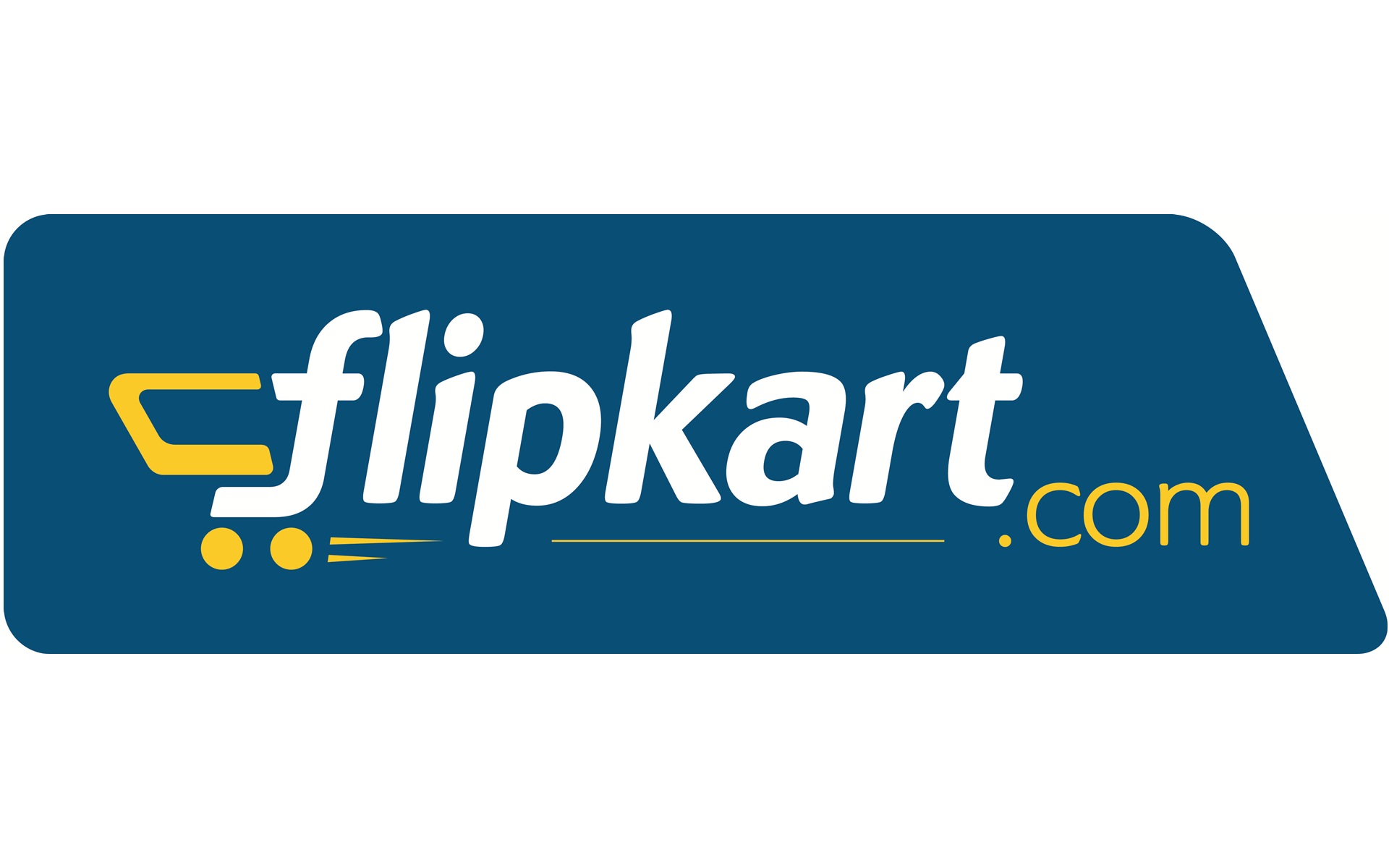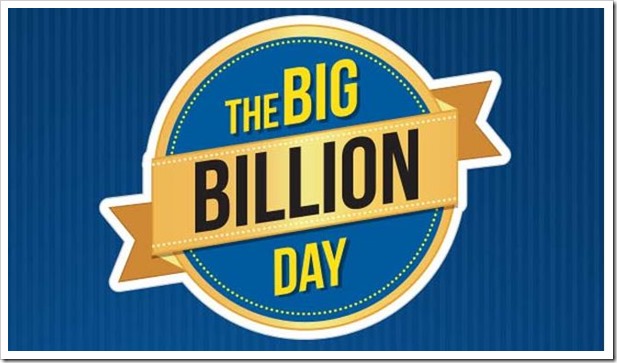 It is that time of the year when the business media is publishing the financial results of Indian ecommerce companies for the financial year 2014-2015(i.e. the period between April 1, 2014 and March 31, 2015). The numbers are being taken from the filings that the ecommerce companies have made with the Registrar of Companies(RoC).
It is that time of the year when the business media is publishing the financial results of Indian ecommerce companies for the financial year 2014-2015(i.e. the period between April 1, 2014 and March 31, 2015). The numbers are being taken from the filings that the ecommerce companies have made with the Registrar of Companies(RoC).
And the results make for a very interesting reading. As can be seen from the accompanying table compiled from various media reports, the losses of the major ecommerce companies have gone up multiple times during the course of the year.
It needs to be stated here upfront that it is difficult to estimate the exact numbers of the ecommerce companies given that they have complex holding structures as regulations in India currently do not allow foreign direct investment in online retail, but allow it in case of an online marketplace.

The combined losses of the five companies in the table stood at Rs 5524 crore in 2014-2015. In 2013-2014, the losses had stood at Rs 1338.1 crore. This is a jump of a whopping 313%. How does their combined revenue number look? In this case a direct comparison cannot be made given that the revenue numbers of Snapdeal for 2014-2015 are not available.
As a recent news-report in the Mint newspaper points out: “Snapdeal reported a loss of Rs.1,328.01 crore for the same year, compared with Rs.264.6 crore in the previous year, RoC documents show. It didn’t disclose revenue numbers.”
Hence, we will have to adjust for Snapdeal numbers before we compare revenue earned by the companies with their accumulated losses. The revenue for 2014-2015 for four companies other than Snapdeal stood at Rs 11,827 crore. The revenue for 2013-2014 for these four companies had stood at Rs 3,445.8 crore. This is a jump of 243% over the course of one year.
In the normal scheme of things a jump of 243% in revenue in one year would have been deemed to be fantastic, but the losses of these companies have gone up at a much faster rate. In 2013-2014, the losses of the four companies other than Snapdeal stood at Rs 1073.5 crore. In 2014-2015, the losses had jumped by a whopping 291% to Rs 4,196 crore.
Hence, a 243% jump in revenues has been accompanied by a 291% jump in losses. This analysis is skewed to some extent given the huge size of Flipkart in the sample. If we had known Snapdeal revenue numbers for 2014-2015, the results would have been more robust.
Nevertheless, even the small companies in the sample, show the same trend as the broad trend is. Take the case of Paytm. In 2013-2014, the company made a profit of Rs 5 crore on a revenue of Rs 210 crore. In 2014-2015, the revenue jumped to Rs 336 crore and the losses jumped to Rs 372 crore. Shopclues also showed a similar trend. The revenue of the company went up by 155% between 2013-2014 and 2014-2015, whereas the losses went up by 163%.
What sort of a business model is this—where the losses of a company go up at a faster rate than its revenue? The answer lies in the fact that the Indian ecommerce companies have adopted a discount model in order to lure customers. This means selling products at a loss in order to build a customer base.
This strategy of acquiring customers has been directly copy-pasted from what many American ecommerce companies did during the dotcom boom towards the turn of the century. As Gary Smith writes in Standard Deviations—Flawed Assumptions, Tortured Data and Other Ways to Lie With Statistics: “A dotcom company proved it was a player not by making money, but by spending money, preferably other people’s money…One rationale was to be the first-mover by getting big fast…The idea was that once people believe that your web site is the place to go to buy something, sell something, or learn something, you have a monopoly that can crush competition and reap profits.”
The major Indian ecommerce companies seem to be following a similar strategy of trying to build a monopoly by offering products on substantial discounts. The trouble with this strategy is that it needs a lot of money. Up until now, the Indian ecommerce companies have managed to survive because international hedge funds and private equity investors have made a beeline for investing in them.
With returns from financial securities all over the world drying up over the last few years, Indian ecommerce companies have offered an iota of hope. The trouble is that every reasonably big Indian ecommerce company with access to funding seems to be following the same strategy of offering discounts and wanting to build a monopoly. And once they are there, they hope to cash in.
Having said that, the current structure of the Indian ecommerce companies is akin to a Ponzi scheme. A Ponzi scheme is essentially a financial fraud in which investment is solicited by offering very high returns. The investment of the first lot of investors is redeemed by using the money brought in by the second lot.
The investment of the second lot of investors is redeemed by using the money brought in by the third lot and so on.
The scheme continues up until the money being brought in by the new investors is greater than the money being redeemed to the old investors. The moment the money that needs to be redeemed becomes greater than the fresh money coming in, the scheme collapses.
How does this apply in case of Indian ecommerce companies? Up until now the companies have managed to survive because of investors bringing in fresh money into the scheme at regular intervals. It is worth mentioning here that every time investors bring in more money, they bring it in at a higher valuation.
This essentially means that the price at which shares of the company are sold to the investors are higher than they were the last time around. This increases the market capitalization of the company.
This increase in market capitalization comes about because the company has managed to increase its revenue. But as we have seen earlier in this column, this increase in revenue typically comes at the losses increasing at a much faster rate. I wonder why all these fancy investors do not take something as basic as this into account?
Having said that, as long as this money keeps coming in and is greater than the losses being accumulated by the ecommerce firms, these firms will keep running.
The moment this changes, the firms will start to shut-down. The structure of the Indian ecommerce companies is that of a classic Ponzi scheme. In fact, a news-report in The Economic Times suggests that FabFurnish, a furniture retailer, is likely to shutdown given that its German investor does not want to burn any more money to finance its losses.
The trouble is that everyone wants to be build a monopoly. But everyone cannot be a monopoly. As Smith writes in the context of the American dotcom bubble: “The problem is that, even if it is possible to monopolize something, there were thousands of dotcom companies and there isn’t room for thousands of monopolies. Of the thousands of companies trying to get big fast, very few can ever be monopolies.” While the word thousands does not really apply in the Indian case, the overall logic still remains the same i.e. everyone cannot be a monopoly.
This means that many of today’s fledging ecommerce companies will shutdown in the years to come as investors pull the plug. In fact, the companies with the deepest pockets are likely to survive. Meanwhile, dear reader, enjoy the discounts until they last.
(Vivek Kaul is the author of the Easy Money trilogy. He can be reached at [email protected])
The column originally appeared on SwarajyaMag on January 28, 2016



